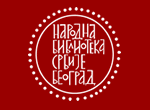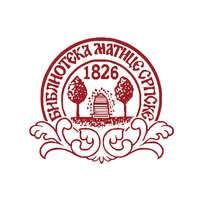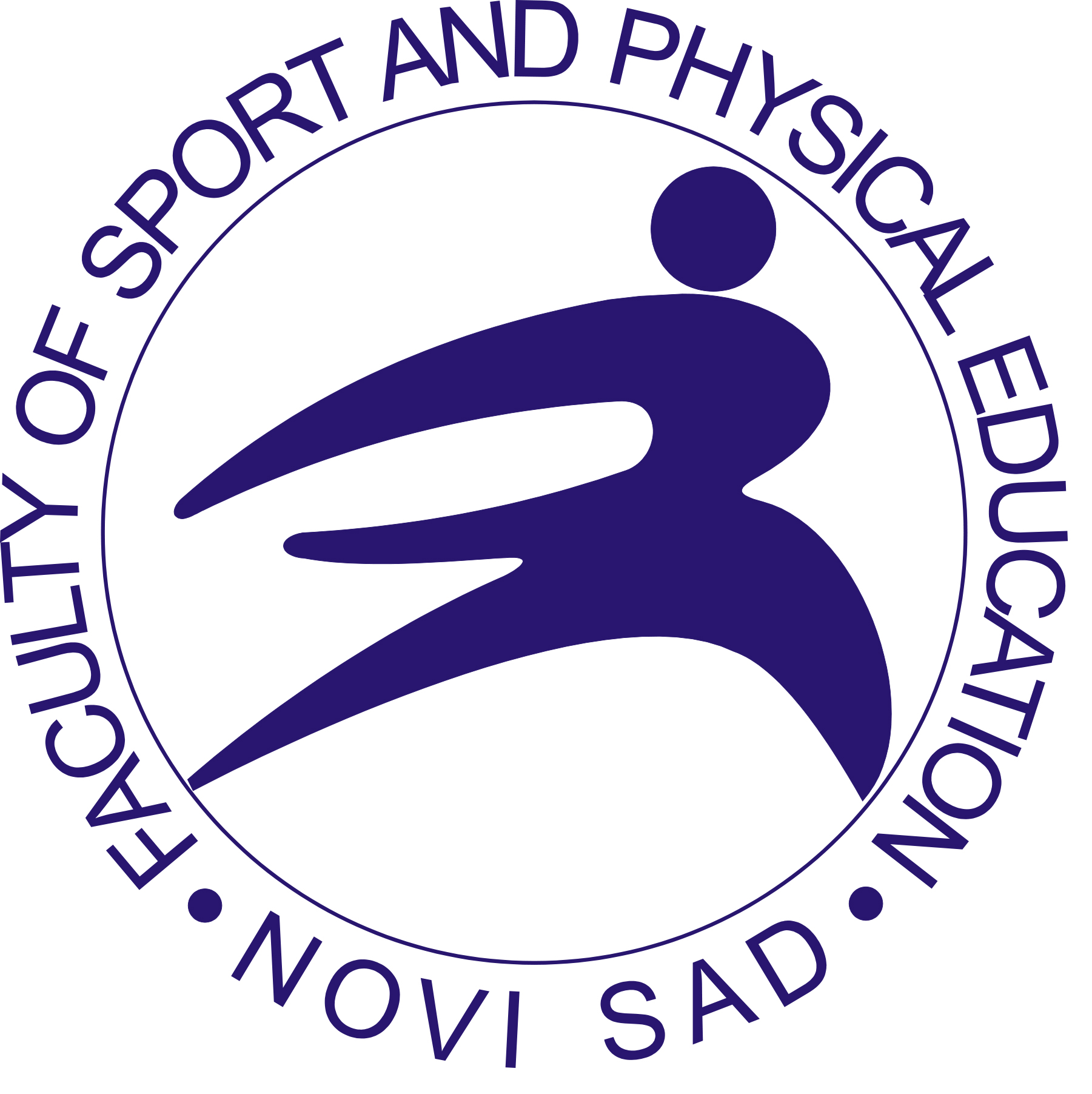
More articles from Volume 11, Issue 1, 2019
The effects of Mindfulness-Based Cognitive Therapy (MBCT) on cognitive skills in young soccer players
Small-sided games are more effective than instructional training for improving vertical jump performance and passing in young volleyball players
Optimization of movement activity and the mental state of students by dance aerobics
Influence of inertial resistance squat exercise protocol based on novel exercise intensity determination on physical fitness of older adult women
Lifestyle components of the global oldest old assessed as effective nonpharmacologic strategies to maintain lifelong cognitive and functional health
Optimization of movement activity and the mental state of students by dance aerobics
Pereiaslav-Khmelnytskyi Hryhorii Skovoroda State Pedagogical University, Faculty of Physical Education, Pereiaslav-Khmelnytskyi, Ukraine
Pereiaslav-Khmelnytskyi Hryhorii Skovoroda State Pedagogical University, Faculty of Physical Education, Pereiaslav-Khmelnytskyi, Ukraine
Pereiaslav-Khmelnytskyi Hryhorii Skovoroda State Pedagogical University, Faculty of Physical Education, Pereiaslav-Khmelnytskyi, Ukraine
Pereiaslav-Khmelnytskyi Hryhorii Skovoroda State Pedagogical University, Faculty of Physical Education, Pereiaslav-Khmelnytskyi, Ukraine
Abstract
To test the effectiveness of dance aerobics to optimize the motor activity and the psychophysical state of female students. Medical and biological: body weight (kg), BPM and BPD (mmHg), ChSS in a state of rest and the Stange test. All the data obtained by the study were processed by the procedures of descriptive and comparative statistical methods. From the area of the descriptive statistics the following parameters were defined: representative central and dispersive parameters: arithmetic average; standard deviation; initial and final measuring. Unpaired test, applied in comparative statistics, was performed in order to compare the arithmetic means of two independent data sets (experimental and control groups). Statistical analysis was performed by applying SPSS statistical software. Comparative analysis of data confirmed the effectiveness of dance aerobics tools not only in the absence of negative changes during the examination session, but also improvement of the psychophysical state (state of health by the method of WAM in KG – 3.8 points, EG1 – 4.3 points, EG2 – 4.5 points, ЕG3 – 4.8 points) and the level of somatic health of students (in KG 0.23 ± 0.04 points, ЕG1 8.78 ± 0.50 points, ЕG2 8.77 ± 0.61 points, ЕG3 11, 65 ± 0.55 points). During the studying, and especially the examination time, students experience strong psycho-emotional stress and the physical state becomes worse. The use of dance aerobics has a positive influence on the psychophysical state of female students and the optimization of their physical activity.
Keywords
References
Citation
Copyright

This work is licensed under a Creative Commons Attribution-NonCommercial-ShareAlike 4.0 International License.
Article metrics
The statements, opinions and data contained in the journal are solely those of the individual authors and contributors and not of the publisher and the editor(s). We stay neutral with regard to jurisdictional claims in published maps and institutional affiliations.
























